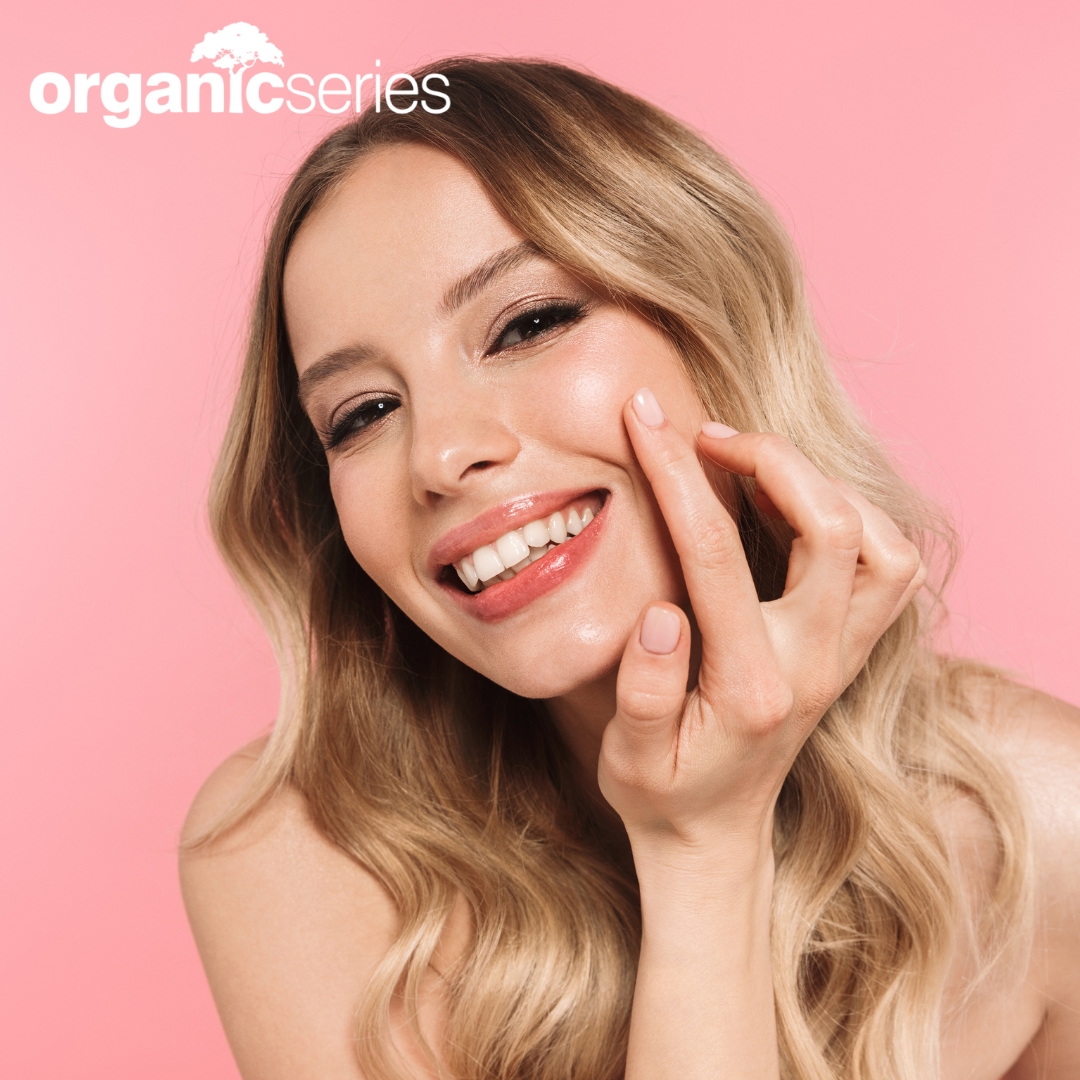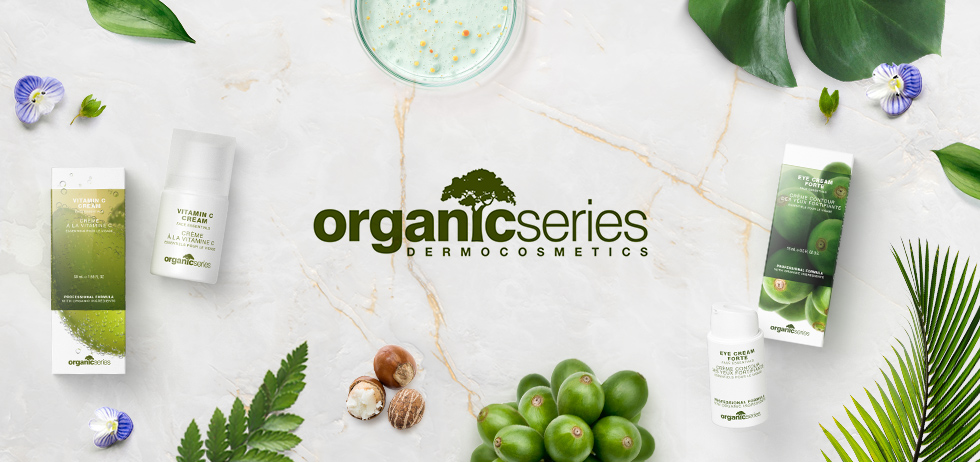Build the Best Organic Skincare Routine in 14 Steps
Organic Skincare Routine: Skincare is more than a daily ritual. For many people, it is a way to nourish the skin, improve confidence, and enjoy a moment of self-care. Choosing an organic skincare routine adds another layer of intention. By relying on natural, plant-based ingredients, you can care for your skin without the harsh chemicals that often lead to irritation or imbalance. If you have been searching for a structured way to transform your skincare, this guide will walk you through 14 essential steps to build a complete organic skincare routine that works for your unique needs.
Organic Skincare Routine: Organic products are designed to be gentle, effective, and packed with nutrients that support your skin’s natural barrier. Unlike conventional products that may include parabens, sulfates, or artificial fragrances, organic skincare focuses on botanicals, oils, and extracts that have been used for centuries. This approach is especially valuable if you have sensitive skin, want to reduce exposure to toxins, or prefer sustainable and environmentally conscious beauty solutions.
Let’s explore the steps to creating a routine that feels indulgent, natural, and effective.
Step 1: Start with a Gentle Organic Cleanser
Organic Skincare Routine: Every effective organic skincare routine begins with cleansing. Dirt, sweat, and environmental pollutants build up on your skin throughout the day, and removing them is crucial. An organic cleanser made with aloe vera, chamomile, or calendula can purify your skin while maintaining its natural oils. Avoid cleansers that leave your skin tight or dry, as this is a sign that the formula is stripping away too much. Instead, opt for one that feels soothing and leaves your skin refreshed.
Step 2: Double Cleanse if Necessary
Organic Skincare Routine: If you wear makeup, sunscreen, or live in a polluted city, double cleansing can be a game changer. Start with an oil-based organic cleanser, such as one made from jojoba or sweet almond oil, to dissolve makeup and sunscreen. Follow it with a water-based cleanser to remove any remaining impurities. This ensures your pores are clear and ready to absorb the next steps in your routine.
Step 3: Use an Organic Exfoliator
Organic Skincare Routine: Exfoliation removes dead skin cells that dull your complexion. In an organic skincare routine, gentle exfoliation is key. Look for scrubs with natural ingredients like finely ground oats, rice powder, or fruit enzymes such as papaya or pineapple. These help to brighten the skin without causing microtears. Exfoliate one to two times a week, depending on your skin type, to keep it smooth and glowing.
Step 4: Apply a Balancing Organic Toner
Organic Skincare Routine: A toner helps restore the skin’s natural pH balance after cleansing. Organic toners often use floral waters like rose, lavender, or witch hazel. These not only refresh your skin but also provide mild antibacterial properties and hydration. A good toner prepares your skin to better absorb serums and moisturisers, making it a vital step in your organic skincare routine.
Step 5: Hydrate with an Organic Essence
Organic Skincare Routine: Though often overlooked, an essence can deeply hydrate and improve the absorption of other products. Organic essences typically contain ingredients like aloe vera, green tea extract, or fermented botanicals that penetrate into the deeper layers of the skin. Applying an essence is like giving your skin a first drink of water before moving on to heavier treatments.
Step 6: Target Concerns with an Organic Serum
Organic Skincare Routine: Serums are highly concentrated formulas designed to address specific skin concerns. In an organic skincare routine, they play an important role because they deliver active ingredients directly into the skin. For example, if you want to brighten your complexion, choose a serum with organic vitamin C from sources like kakadu plum or acerola cherry. For hydration, opt for a serum with hyaluronic acid derived from natural fermentation. For anti-aging, look for ingredients like resveratrol or sea buckthorn oil. The key is to match the serum to your skin’s unique needs. Apply a few drops and gently pat it in to encourage absorption.
Step 7: Layer on an Organic Face Oil
Organic Skincare Routine: Face oils may sound heavy, but when used correctly, they can be transformative. Organic face oils are rich in fatty acids, antioxidants, and vitamins that lock in hydration and strengthen the skin barrier. For dry skin, oils like argan, avocado, or marula provide deep nourishment. For oily or acne-prone skin, lighter oils such as grapeseed, hemp seed, or jojoba help regulate sebum without clogging pores. Face oils should be applied after serums but before moisturisers if your skin is very dry, or mixed with your moisturiser for added richness.
Step 8: Moisturise with an Organic Cream or Lotion
Organic Skincare Routine: No organic skincare routine is complete without a moisturiser. This step seals in all the hydration and nutrients from the previous layers. Organic moisturisers come in many textures, from lightweight lotions ideal for oily skin to rich creams for dry or mature skin. Ingredients like shea butter, cocoa butter, and aloe vera are commonly used in organic formulations. They help soothe, protect, and keep the skin supple throughout the day or night. When choosing, always consider your skin type and climate. For example, in colder months, a heavier cream may be necessary, while in warmer weather, a lighter lotion may suffice.
Step 9: Protect with Organic Sunscreen
Organic Skincare Routine: Perhaps the most important yet overlooked step in any skincare routine is sunscreen. UV rays are the leading cause of premature aging, dark spots, and even skin cancer. Choosing an organic sunscreen with mineral-based filters like zinc oxide or titanium dioxide helps protect your skin without harmful chemicals. These physical sunscreens create a barrier on the skin that reflects harmful rays. Look for formulations with added botanical extracts such as green tea, calendula, or chamomile, which soothe the skin while offering protection. Apply generously every morning as the final step in your daytime routine.
Step 10: Pamper with Organic Face Masks
Organic Skincare Routine: Face masks are not an everyday step, but they are a valuable part of an organic skincare routine when used once or twice a week. They provide an extra boost of care tailored to your needs. Clay masks with kaolin or bentonite help purify oily and congested skin. Hydrating masks with aloe vera, honey, or cucumber extract replenish dry and dehydrated skin. Brightening masks with turmeric, licorice root, or vitamin C can revive dull complexions. Take 10 to 15 minutes to relax while the mask works its magic. This not only benefits your skin but also creates a calming self-care ritual.
Step 11: Refresh with an Organic Facial Mist
Organic Skincare Routine: An often-overlooked step in skincare is the use of a facial mist. In an organic skincare routine, a mist can be more than just a refreshing spritz. Many contain soothing and hydrating ingredients such as rose water, chamomile, or cucumber extract. Throughout the day, your skin is exposed to pollution, air conditioning, and environmental stressors that deplete moisture. A quick spritz of an organic mist rehydrates and revives tired skin, helping you maintain a healthy glow. Some even double as setting sprays for makeup, making them practical as well as luxurious.
Step 12: Treat the Delicate Eye Area
Organic Skincare Routine: The skin around your eyes is thinner and more sensitive than the rest of your face, which is why it requires special care. In an organic skincare routine, an eye cream or gel is a vital step. Look for organic formulations that include caffeine (to reduce puffiness), aloe vera (to soothe), or antioxidant-rich extracts like green tea or grape seed (to fight fine lines). Gently apply a pea-sized amount using your ring finger, tapping softly to avoid tugging. Over time, consistent use of an organic eye treatment can brighten dark circles and maintain firmness in this delicate area.
Step 13: Nourish with an Organic Night Cream
Organic Skincare Routine: Your skin does its most important repair work at night, which makes a dedicated organic night cream a valuable addition. Night creams are typically richer and contain ingredients that target renewal, such as organic peptides, natural retinoid alternatives like bakuchiol, and restorative oils. Unlike daytime moisturisers, which need to focus on protection, night creams work deeply to repair and replenish. Consistent use helps wake up to skin that feels softer, plumper, and more radiant. Adding this step ensures your organic skincare routine continues working while you sleep.
Step 14: Don’t Forget Body Care
Organic Skincare Routine: An organic skincare routine is not only about your face. Extending the same level of care to your body ensures your entire skin barrier is healthy and nourished. Use organic body lotions, butters, or oils enriched with shea butter, coconut oil, or calendula to keep the skin soft and hydrated. Exfoliate weekly with an organic body scrub to remove dead skin and encourage cell renewal. Protecting and caring for your body’s skin is just as important as the face, especially since areas like the hands and décolletage often show signs of aging early. By treating your body with organic products, you create a holistic routine that supports overall wellness.
Bringing It All Together
Organic Skincare Routine: Building an organic skincare routine in 14 steps may sound extensive at first, but each stage plays a distinct role in maintaining skin health. From cleansing and exfoliating to targeted treatments, sun protection, and body care, this routine ensures that your skin is cared for with safe, natural ingredients that work in harmony with your body.
The beauty of going organic is not only about what you are putting on your skin, but also what you are avoiding. By eliminating harsh chemicals, parabens, and synthetic fragrances, you reduce the risk of irritation and long-term damage. At the same time, organic products often come with added environmental benefits, such as sustainable sourcing and eco-friendly packaging.
Organic Skincare Routine: Remember, you don’t need to adopt all 14 steps immediately. Start with the basics — a cleanser, moisturiser, and sunscreen — and slowly add more steps as your lifestyle and budget allow. Skincare is not a one-size-fits-all process. What matters most is consistency and finding the right combination of products that work for you.
By committing to an organic skincare routine, you are not only investing in healthier skin but also making a conscious choice for your overall wellbeing and the planet.



